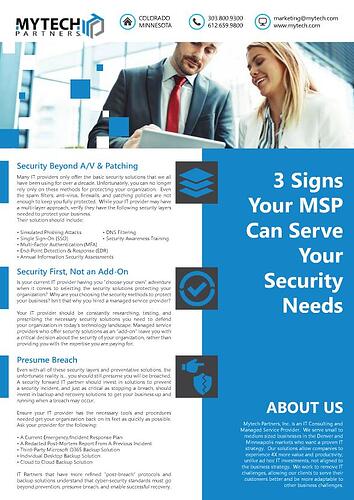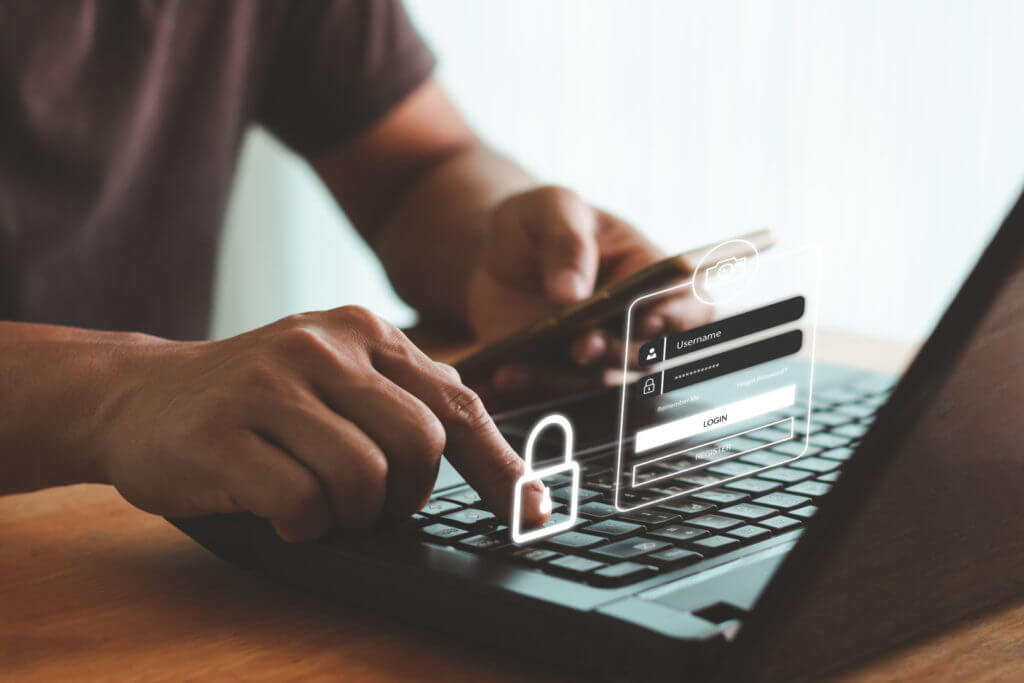You may have heard about Multi-Factor Authentication (MFA) or 2-Factor Authentication (2FA) recently. There’s a good reason for that: no other safeguard has such a profound and immediate impact on your cybersecurity. With 61% of 2021’s breaches involving stolen credentials, the need for extra protection against unauthorized logins has never been higher – and MFA provides that extra protection.
In fact, MFA is so good at its job that it prevents 99% of unauthorized logins – a striking statistic even in the cybersecurity world! Without question, Multi-Factor Authentication is one of the most crucial safeguards available to you, and it should be a cornerstone of every organization’s security strategy.
Learn the 3 signs you should look for to ensure that your current IT provider can adequately protect your organization in today’s cyber-security landscape.

For decades, accessing your digital identity has been all about entering a password. But passwords (even complex ones) are just a string of data, and data is the easiest thing for attackers to compromise. MFA protects your comparatively weak password by also requiring a second confirmation of your identity, such as:
like your cell phone or an ID token
like your thumbprint, retina scan, or facial features
like a trusted office network or workstation
As you can imagine, these are much harder to access remotely. Think of a heist movie, where the treasure vault is sealed behind a combination lock, voice recognition, and retina scan. The vault is protected by these multiple layers – and if the burglars want to get inside, they’ll need multiple, entirely unique tricks to circumvent each layer.
Cyber insurance can be the difference between recovering and closing permanently. Learn how to navigate new requirements, including MFA, to safeguard against disaster.


Believe it or not, you may already have access to some version of MFA at no additional charge. However, most of the work and investment for MFA comes with configuring and customizing it to your organization’s needs. And if you need to meet compliance or invest in cyber insurance, MFA is rapidly becoming a requirement.
Whatever your organization’s size or structure, MFA is a critical consideration. If you don’t have a plan in place for implementing it, now is the time to start. And if you still have any questions about this essential safeguard, please reach out: we’re always excited to talk about it.
© All rights reserved